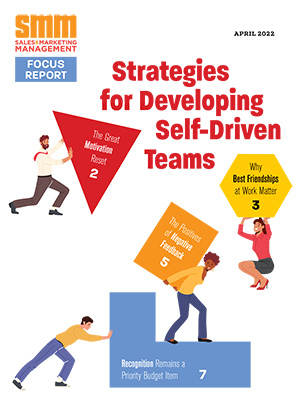The overall goal of a wellness program should be to build goodwill, create emotional buy-in, and leverage the strengths, happiness and well-being advantages, says Laura Putnam, author of “Workplace Wellness That Works.” These metrics can help you measure progress.
Physical – medical claims (what kinds of claims are being filed), workers’ compensation and disability claims, absenteeism rates, energy audits, health plans and enrollment costs, fitness assessments
Emotional – stress polls and energy audits, mental health-related claims, absenteeism rates, employee assistance programs usage rates, pharmaceutical usage
Career – engagement survey results, turnover rates, employee referrals, number of employees taking advantage of professional development opportunities, rate of internal promotions
Financial – number of employees contributing to retirement accounts and/or health savings accounts (if available), number of employees taking advantage of financial planning services (if available)
Social – number of employees participating in company events, number of affinity groups, frequency of employee socializing, unused paid time off balances, internal social media usage rates, number of membership relationships
Community – extent to which employees participate in community events, percentage of employees using volunteer benefit hours, amount that employees are contributing to charitable organizations
Creative – allocation of time given to employees to engage in creative pursuits, extent to which bottom-up innovation is encouraged, frequency of creative expression on the job


